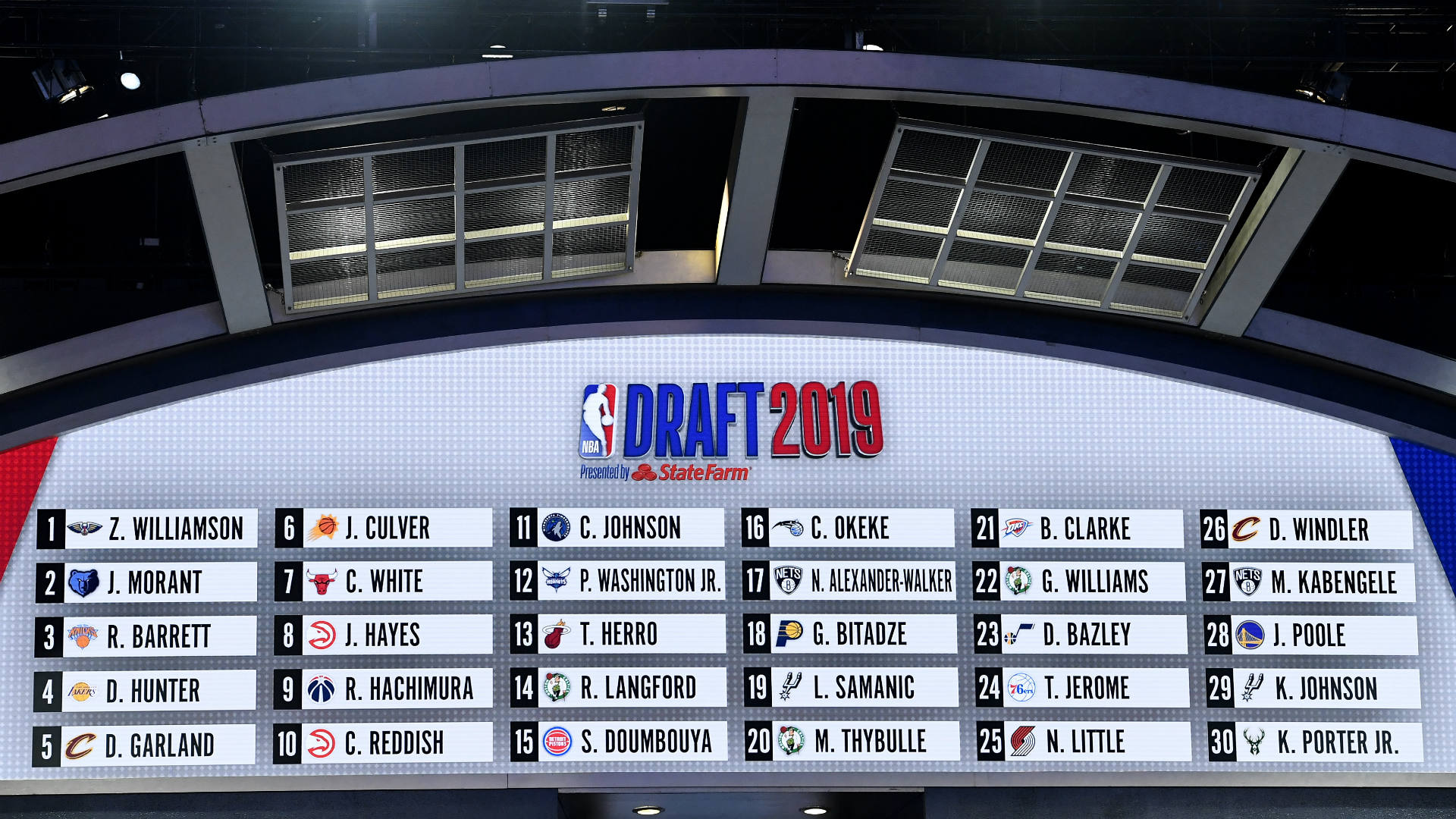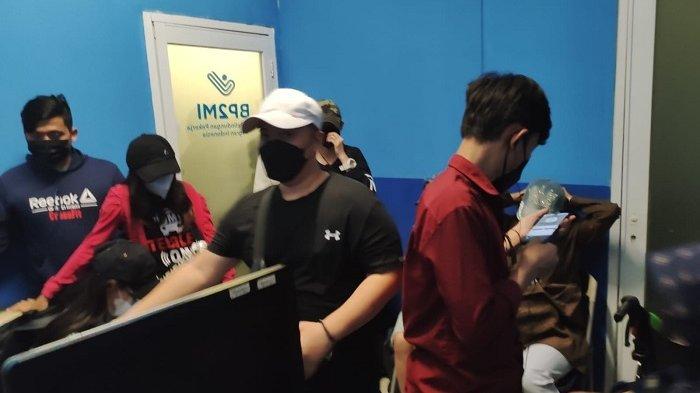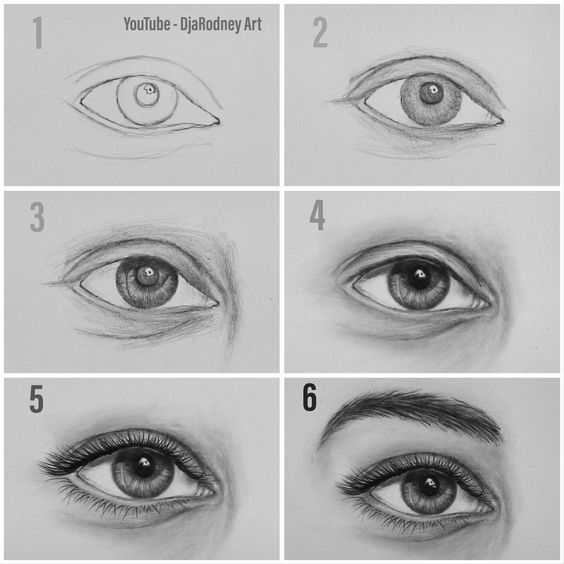Is Secondhand Shopping Reaching Its Peak?

Table of Contents
The Rise of Secondhand Shopping: A Look Back
The surge in popularity of secondhand shopping is a multifaceted phenomenon. Several key factors have propelled its growth, transforming the way people acquire clothing, furniture, and other goods.
- Increased awareness of environmental impact of fast fashion: The devastating environmental consequences of fast fashion – from water pollution to massive textile waste – have spurred many consumers to seek more sustainable alternatives. Secondhand shopping offers a powerful way to reduce one's environmental footprint.
- Growing affordability concerns among consumers: With rising living costs, many consumers are seeking more affordable options, and secondhand shopping provides a cost-effective way to acquire high-quality goods at significantly lower prices than buying new. Thrifting, in particular, has become a popular way to find budget-friendly pre-owned items.
- The rise of online secondhand marketplaces: Platforms like Depop, ThredUp, eBay, and Poshmark have revolutionized the secondhand market, making it easier than ever to buy and sell used clothing and other goods online. These platforms offer a vast selection and convenient access to pre-owned items.
- Influence of social media and influencers: Social media influencers have played a significant role in promoting secondhand styles and normalizing the practice of buying pre-owned items. This has broadened the appeal of secondhand shopping to a wider demographic.
- Desire for unique and vintage items: Many shoppers are drawn to the unique character and often higher quality of vintage and pre-owned items, offering a distinct style unavailable in mainstream retail.
Signs That Secondhand Shopping Might Be Plateauing
While the secondhand market has shown remarkable growth, there are indications that its expansion might be slowing.
- Market saturation in certain niches: In some highly sought-after niches, like designer vintage clothing, the market may be approaching saturation, leading to increased competition and potentially lower profit margins for sellers.
- Increased competition among secondhand sellers: The growing popularity of secondhand shopping has attracted a large number of sellers, leading to increased competition and making it more challenging for individual sellers to stand out.
- Potential for price inflation in some secondhand markets: As demand for certain pre-owned items increases, prices can rise, potentially diminishing the affordability advantage of secondhand shopping for some consumers.
- Challenges in authentication and quality control of secondhand goods: Verifying the authenticity and quality of secondhand goods can be challenging, particularly for online transactions, potentially leading to buyer dissatisfaction and distrust.
- Economic downturns impacting consumer spending on non-essential items: Economic uncertainty can reduce consumer spending on discretionary items like pre-owned clothing and accessories, affecting the overall growth of the secondhand market.
The Future of Secondhand Shopping: Sustained Growth or a Slowdown?
The long-term prospects for secondhand shopping are complex and depend on several factors.
- Innovation in secondhand platforms: Improvements in search functionality, authentication technologies, and user interfaces on online secondhand marketplaces can enhance the customer experience and drive further growth.
- Growing adoption of rental and subscription models: The rental and subscription models for clothing and other goods offer a sustainable alternative to traditional ownership, potentially complementing and expanding the secondhand market.
- Potential for integration of blockchain technology: Blockchain technology could enhance transparency and trust in the secondhand market by providing verifiable proof of ownership and authenticity.
- The role of government policies and regulations: Government policies promoting circular economy models and supporting the growth of the secondhand market can significantly impact its future trajectory.
- The impact of shifting consumer preferences and emerging trends: Changes in consumer preferences and the emergence of new trends could influence the demand for specific types of secondhand goods.
Is Secondhand Shopping Sustainable in the Long Term?
Secondhand shopping offers significant environmental and economic benefits, but challenges remain.
- Environmental benefits of reducing textile waste: By extending the lifespan of existing garments and reducing textile waste, secondhand shopping contributes significantly to environmental sustainability.
- Economic benefits of creating circular economy models: The secondhand market fosters circular economy models, creating jobs and stimulating economic activity.
- Challenges related to logistics and transportation of secondhand goods: The logistics and transportation of secondhand goods can present environmental challenges, particularly for long-distance shipping.
- The need for fair labor practices throughout the secondhand supply chain: Ensuring fair labor practices throughout the entire secondhand supply chain is crucial for its long-term sustainability and ethical impact.
- Addressing issues of inequality and accessibility in secondhand markets: Making secondhand shopping more accessible and equitable for all socioeconomic groups is essential for its widespread adoption and long-term success.
Conclusion
The rapid expansion of the secondhand shopping market may be showing signs of slowing, but its long-term potential remains significant. While challenges related to market saturation, competition, and authentication exist, innovations in technology, evolving consumer preferences, and a growing focus on sustainability suggest a continued, albeit perhaps more moderate, growth trajectory. The key lies in addressing the challenges and embracing innovative solutions to ensure the sustainable future of this ever-evolving sector. What are your thoughts on the future of secondhand shopping? Share your predictions and experiences in the comments below. Let's continue the conversation about the ever-evolving world of secondhand shopping!

Featured Posts
-
 Comparing Lara Croft Tomb Raider The Cradle Of Life To Its Predecessor
May 13, 2025
Comparing Lara Croft Tomb Raider The Cradle Of Life To Its Predecessor
May 13, 2025 -
 Nba Draft Lottery Okc Thunders Position Still Up In The Air
May 13, 2025
Nba Draft Lottery Okc Thunders Position Still Up In The Air
May 13, 2025 -
 Penjelasan Karding Soal Penempatan Pekerja Migran Di Kamboja Dan Myanmar
May 13, 2025
Penjelasan Karding Soal Penempatan Pekerja Migran Di Kamboja Dan Myanmar
May 13, 2025 -
 Winterwatch For Beginners A Step By Step Guide
May 13, 2025
Winterwatch For Beginners A Step By Step Guide
May 13, 2025 -
 Gaza Hostage Situation The Nightmare Continues For Families
May 13, 2025
Gaza Hostage Situation The Nightmare Continues For Families
May 13, 2025
